Big cats, an awe-inspiring group that includes lions, tigers, leopards, jaguars, and cheetahs, are some of the most iconic creatures on our planet. Their survival is intertwined with various factors, from their natural habitats to human-induced threats. However, one crucial aspect that often goes unnoticed is the role of genetics in their survival. Genetics offers vital insights into their health, adaptability, and long-term conservation.
Understanding Big Cat Genetics
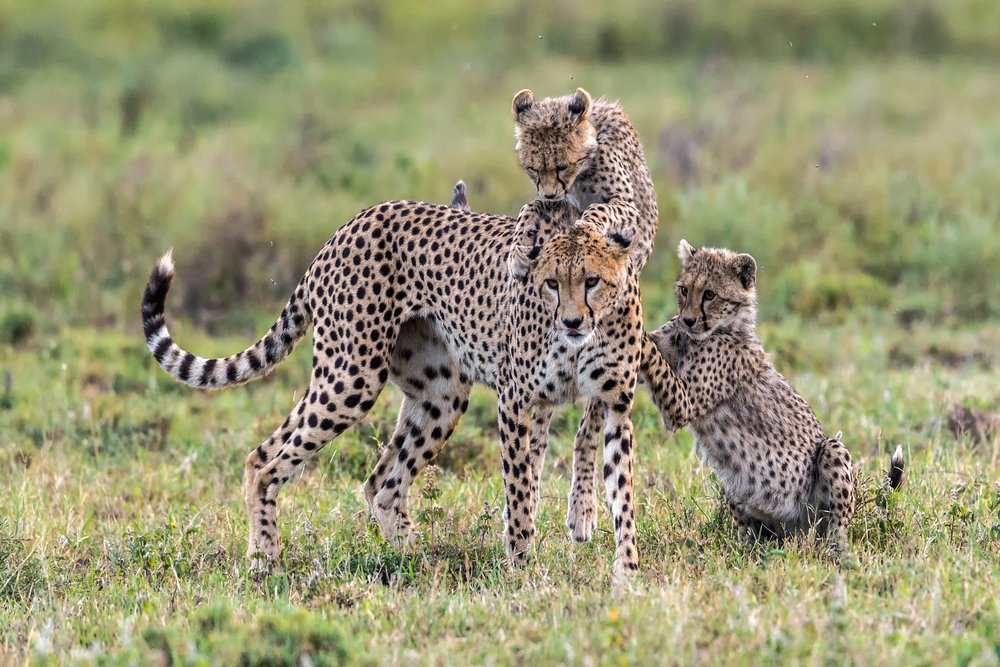
Genetics is the study of genes, the hereditary units that dictate the traits and behaviors of living organisms. For big cats, genetics helps us understand their evolutionary history, population structure, and the genetic diversity required for their survival. Every species has a unique genetic makeup that influences its ability to adapt to changing environments.
Genetic Diversity
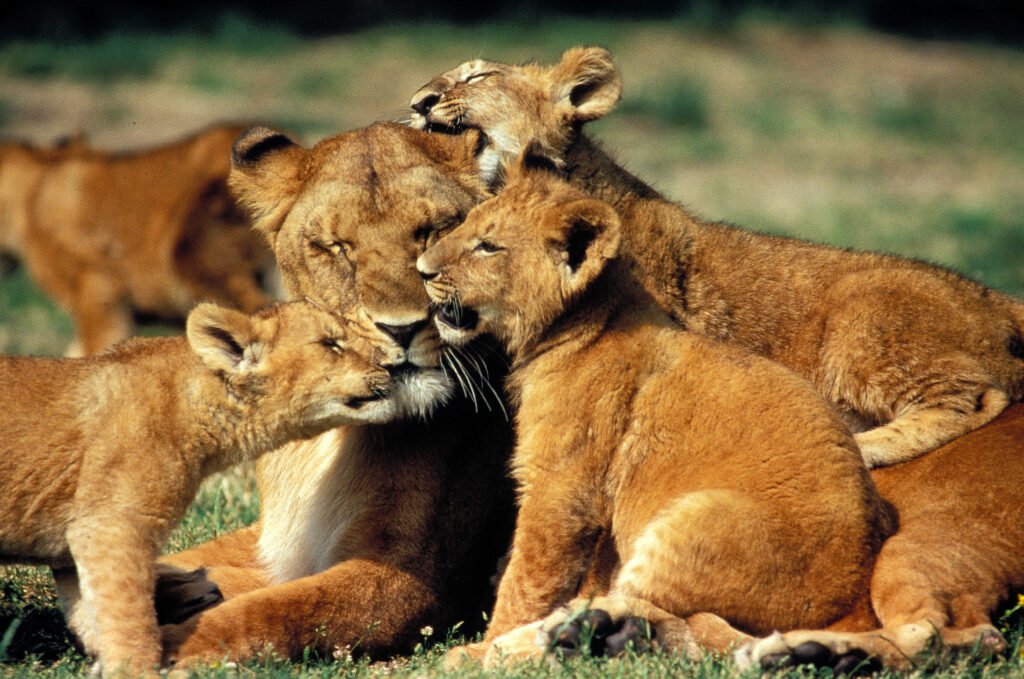
Genetic diversity refers to the total number of genetic characteristics in the genetic makeup of a species. It is crucial for the survival of big cat species. High genetic diversity allows species to adapt to new challenges, like climate change and diseases. Conversely, low genetic diversity can lead to inbreeding, increasing the risk of extinction due to reduced adaptability and health issues.
The Impact of Habitat Fragmentation
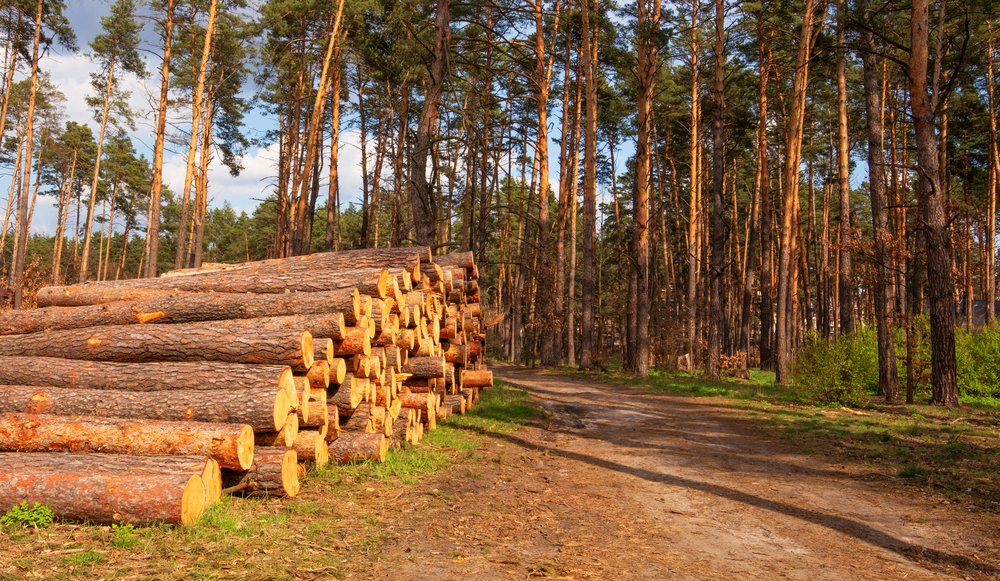
Habitat fragmentation, largely a result of human activities such as deforestation and urbanization, isolates big cat populations. This isolation restricts gene flow between populations, which is essential for maintaining genetic diversity. As populations become more isolated, inbreeding becomes more prevalent, leading to a decrease in population health and an increased risk of extinction.
Genetic Bottlenecks and Their Consequences
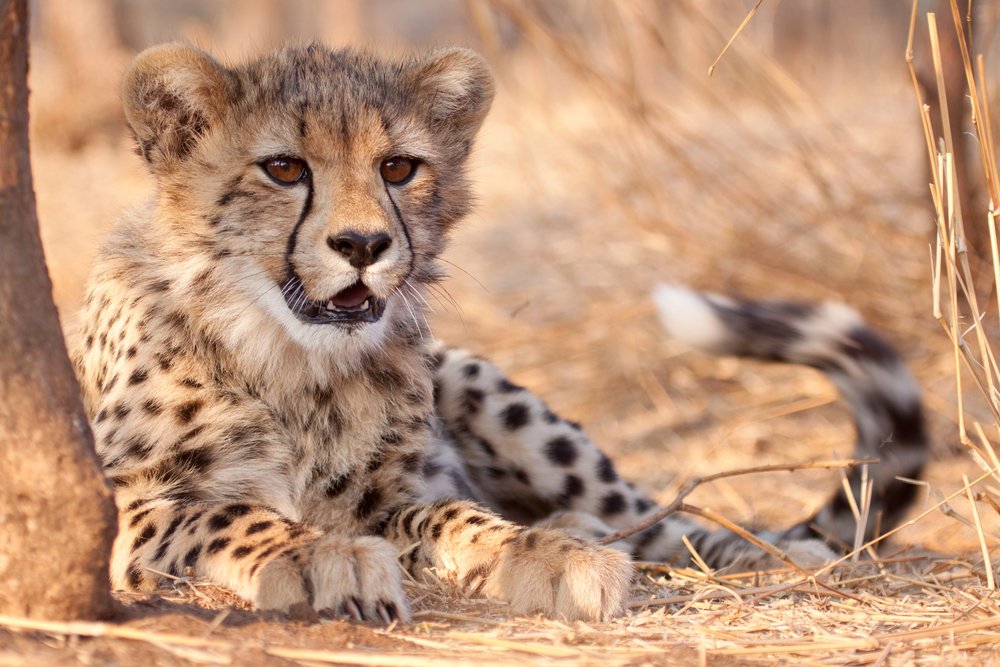
A genetic bottleneck occurs when a population’s size is significantly reduced, often due to environmental events or human activities. This reduction in numbers means that only a small genetic pool is left to repopulate, which can drastically decrease genetic diversity. Big cats such as the cheetah have experienced genetic bottlenecks, resulting in limited genetic variation and increased vulnerability to diseases and environmental changes.
The Role of Genetics IN Conservation

Genetics plays a pivotal role in conservation efforts aimed at protecting big cat species. By understanding the genetic composition of these animals, conservationists can develop strategies to maintain or increase genetic diversity. This includes creating wildlife corridors that connect isolated populations, captive breeding programs, and, in some cases, assisted gene flow, where individuals from different populations are introduced to each other to enhance genetic diversity.
Captive Breeding and Genetic Management
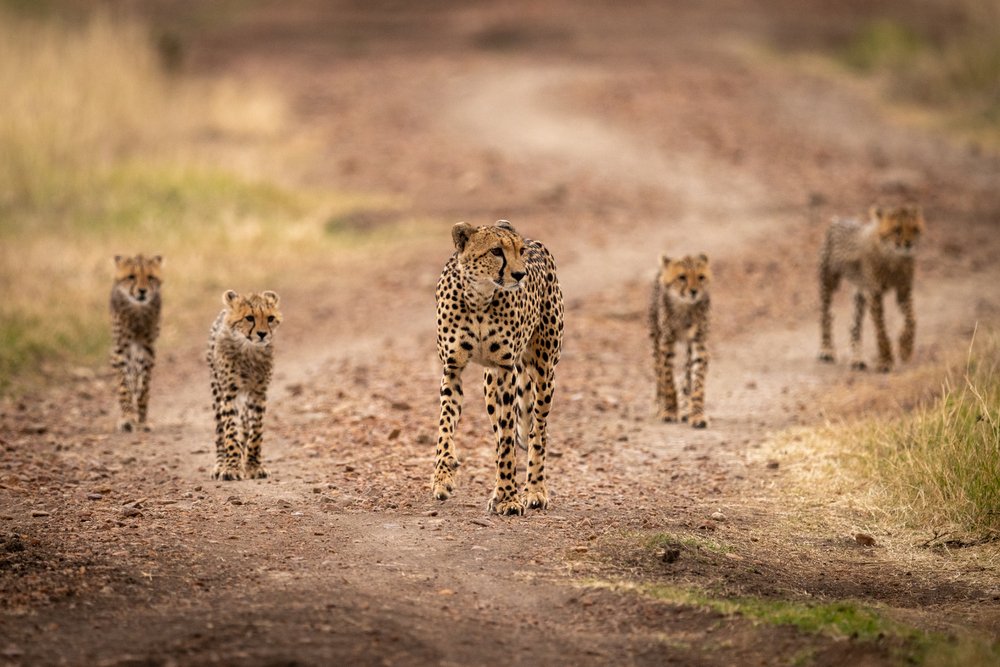
Captive breeding programs aim to support endangered big cat species by maintaining genetically healthy populations in zoos and sanctuaries. Genetic management in these programs is crucial to avoid inbreeding and ensure the long-term survival of species. By maintaining a well-documented genetic registry, biologists can make informed breeding decisions to preserve genetic health.
Use of Genetic Tools in Research
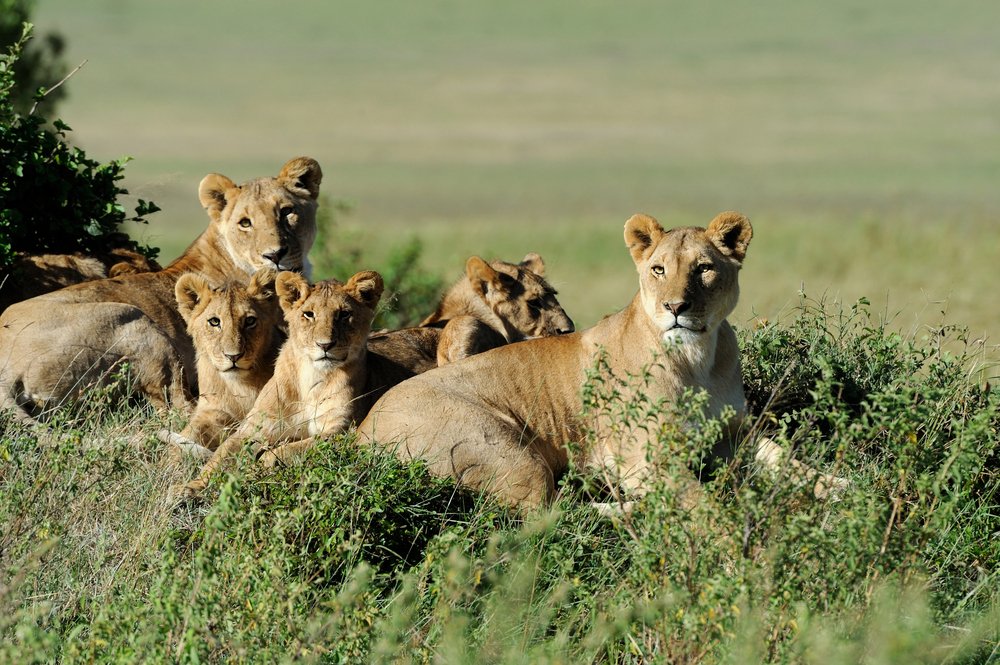
Advanced genetic tools, such as DNA sequencing and genome mapping, provide researchers with detailed information about the genetic makeup of big cat species. These tools enable scientists to identify genetic markers associated with disease resistance, adaptability, and overall health. Such insights are invaluable for informing conservation strategies and ensuring the resilience of big cat populations.
The Cheetah’s Genetic Predicament
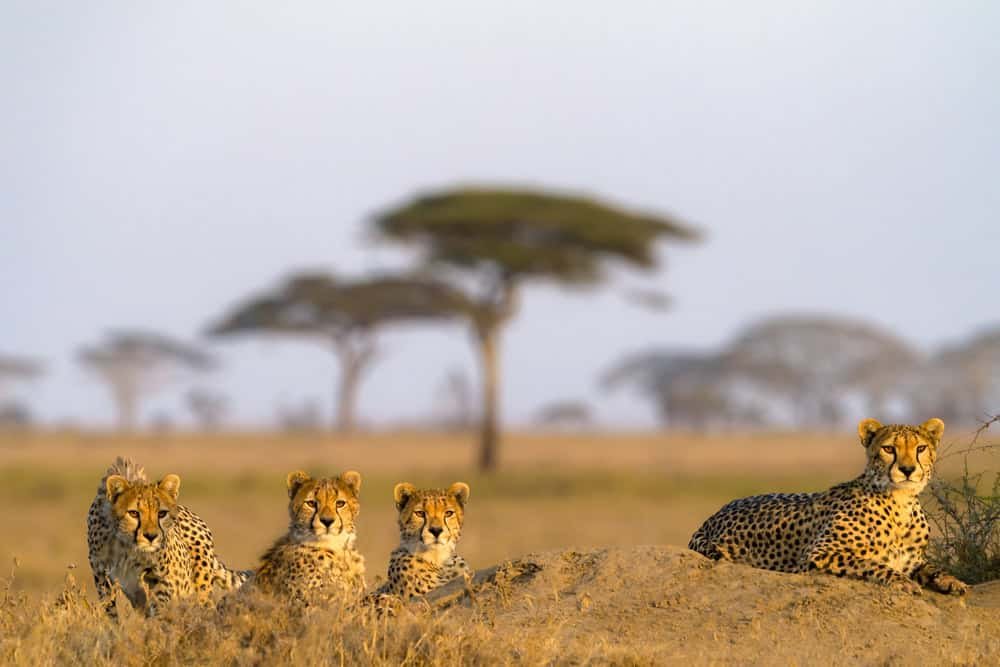
The cheetah serves as a prime example of a big cat facing genetic challenges. Due to historical population declines, cheetahs suffer from extremely low genetic diversity. This makes them highly susceptible to diseases and reduces their adaptive capacity. Conservation efforts, including genetic studies, are underway to address these issues and enhance their genetic resilience.
Future Directions in Big Cat Conservation Genetics
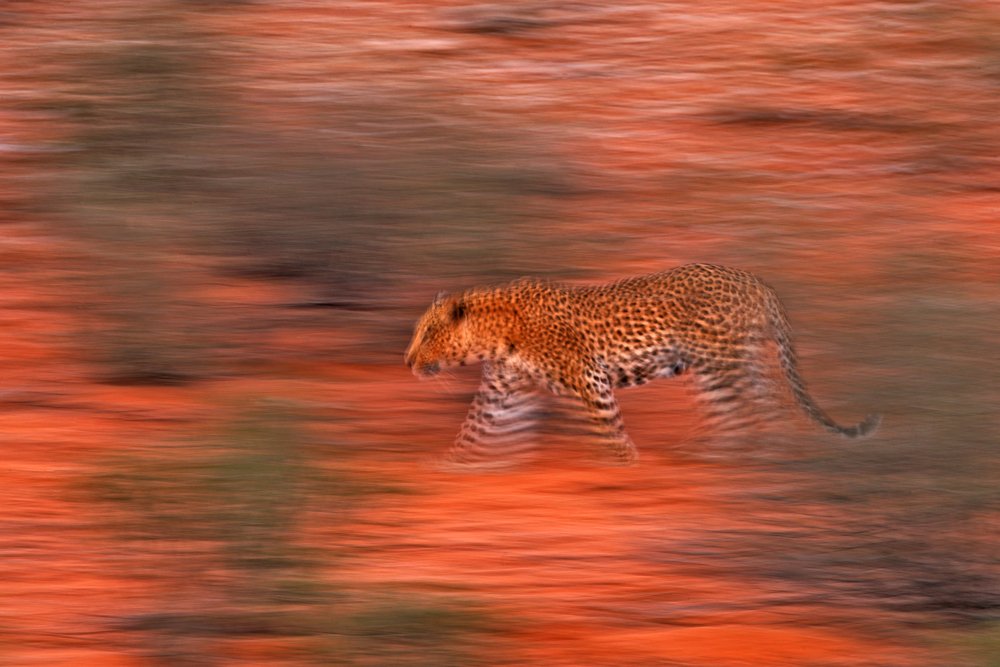
The future of big cat conservation relies heavily on integrating genetic insights with traditional conservation practices. Collaborative international efforts are essential to create comprehensive genetic databases, facilitate gene flow between populations, and develop innovative solutions to combat habitat fragmentation. By leveraging genetic knowledge, conservationists can develop proactive strategies to ensure the long-term survival of these magnificent animals.
Conclusion

Genetics is a powerful tool in understanding and aiding the survival of big cat species. As these majestic creatures face numerous threats in the wild, the insights gained from genetic research are instrumental in shaping effective conservation strategies. By promoting genetic diversity and addressing the genetic challenges of big cats, we can work towards a future where these species continue to thrive in their natural habitats.

Growing up traveling and experiencing new cultures and wonders, I have had a passion for nature, adventuring, photography, and videography. I am currently working towards a BSc in Biodiversity and Ecology at Stellenbosch University, and I hope to specialise in Marine Sciences one day.
Please send any feedback to Feedback@animalsaroundtheglobe.com






